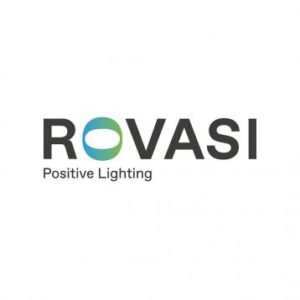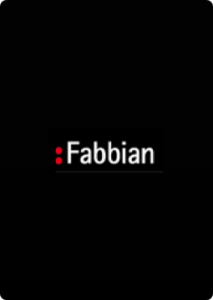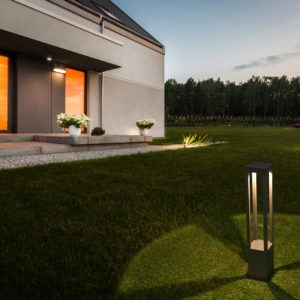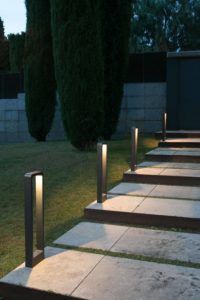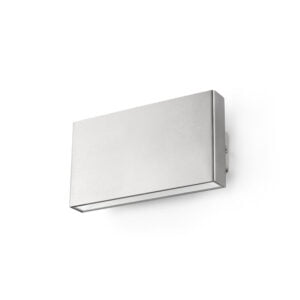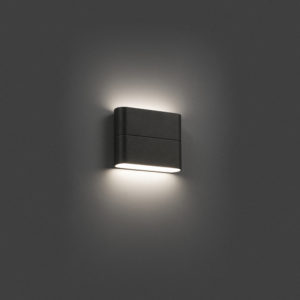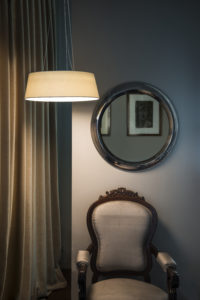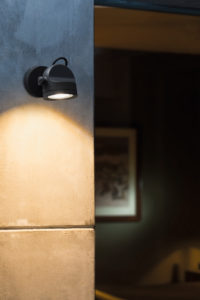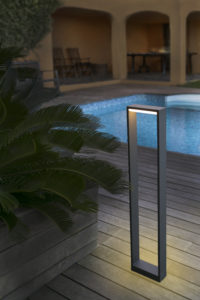
Light sources and purpose
Light bulbs
They are mainly suitable for home use, for example for decorative lighting and interior lighting. With the new directives, some incandescent bulbs have already disappeared from the market and more models are slowly being phased out. Replacement lamps will be halogen lamps and new, energy-saving lamps with better energy ratings based on fluorescent radiation. LED technology also brings alternatives to incandescent bulbs.
Halogen lamps
Halogen lamps are well suited for home use and spot lighting, among other things. There are also changes to the energy efficiency of halogens with the new directives. Halogen lamps have a pleasant light, are easily dimmable and inexpensive, as well as good in spot lighting, and thanks to the small filament, they have good shadow formation. The disadvantages are heat and glare. Small lamps make the lights slim.
Fluorescent lamps
There are many types of fluorescent lamps, there are also wattages and models for many different purposes. Fluorescent light is used almost everywhere in basic lighting and is not very suitable for spot lighting. Good energy efficiency, long service life and low lamp prices make a fluorescent lamp a widely used light source. The disadvantages of fluorescent lamps are the controllability of the light, the dimmability and the qualitative properties of the light in some needs. So-called energy-saving lamps are also based on fluorescent light. So there are uses almost everywhere!
Multi-metal lamps
Multi-metal lamps are mainly lamps used in spot and local lighting. The lamps have very good energy efficiency and a long service life and have developed enormously in recent years. Dimmability is very difficult in these lamps. Multi-metal lamps are slow to ignite and re-ignite is even slower. These lamps are widely used in shops, for example. Not suitable for home use.
Other discharge lamps
Low - pressure and high - pressure sodium lamps, mixed light lamps, mercury lamps and other discharge lamps. Useful, for example, in outdoor lighting, road lighting, bridges, industrial halls, sports facilities and warehouses. The qualitative properties of the light are poor but in general the energy efficiency and long service life justify the choice. Slow ignition. Not suitable for home use.
LED
An LED (Light-Emitting Diode) is a semiconductor that emits a wavelength that we perceive as light when an electric current is passed through it. For a long time, LEDs were used almost exclusively as indicator lights and displays on electronic devices, but recently they have also begun to become more common elsewhere in lighting. The development of more bright LEDs, and especially the development of the color tone of white LEDs, makes it possible to become more widespread. White LED developer Shuji Nakamura was awarded the Millennium Technology Prize in 2006. The shade of white is based on a blue LED coated with a fluorescent fluorescent that converts some of the radiation to yellow so that we experience light white.
The use of LEDs in lighting is still in its infancy. The quality differences are really big and the prices vary a lot. Products from different manufacturers do not always fit together due to electrotechnical details, light quality properties or color temperature. Technically uniform products and common standards are yet to come.
The energy efficiency of LEDs is constantly improving. At the moment, I would still urge you to compare products before making a purchase decision, above all the qualitative properties of light.
The installation technology is quite different from traditional luminaires. The installation technique must be very precise, we recommend to be precise with the installation instructions.
Withdrawals from our online store
AGRA 200
(162.70€ – 163.70€Price range: 162.70€ through 163.70€VAT 0%)
BERET
(138.30€ – 304.80€Price range: 138.30€ through 304.80€VAT 0%)
DAS
(155.95€ – 182.25€Price range: 155.95€ through 182.25€VAT 0%)
GROUND
(76.40€ – 161.25€Price range: 76.40€ through 161.25€VAT 0%)
NECK
(107.30€ – 120.45€Price range: 107.30€ through 120.45€VAT 0%)
AKANE
(147.50€ – 256.20€Price range: 147.50€ through 256.20€VAT 0%)
ALP
(166.65€ – 197.80€Price range: 166.65€ through 197.80€VAT 0%)


